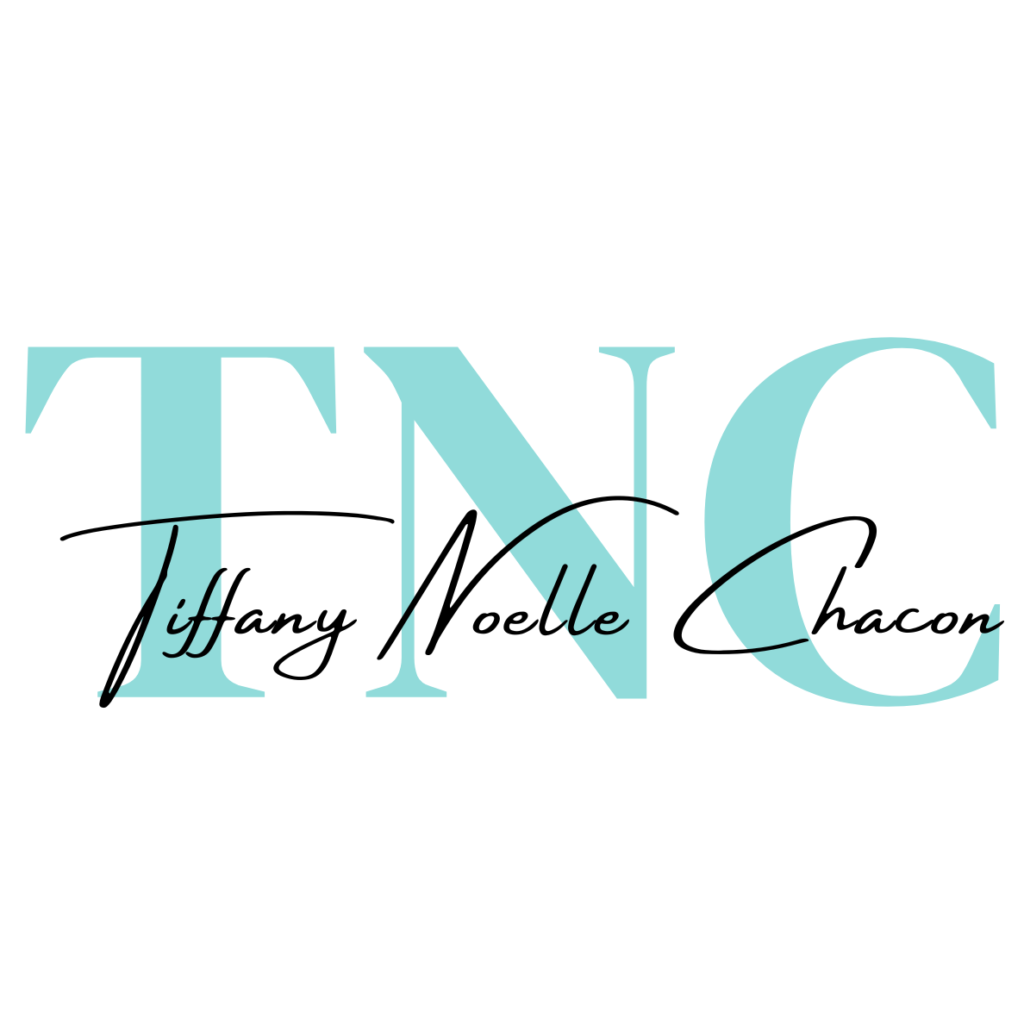Crafting a compelling story is an art that combines creativity with structure. At the heart of every memorable tale is a well-thought-out plot that guides readers through a journey of discovery, conflict, and resolution. For aspiring and seasoned writers alike, exploring various plotting techniques can unlock new possibilities for narrative structure and storytelling. In this article, we’ll delve into a few popular plotting techniques that can help you shape your fiction, offering insights and resources for further exploration.
If you want some outside-the-box plotting techniques (even if you consider yourself a pantser!) check out the slides from my Plotting Techniques class below:
1. The Three-Act Structure
A timeless classic, the Three-Act Structure, divides the story into three parts: the Setup, the Confrontation, and the Resolution. Act One introduces the characters, setting, and the story’s main conflict. Act Two escalates the conflict through a series of challenges and obstacles, often leading to a critical midpoint that changes the story’s direction. Act Three resolves the conflict, leading to a climax and a satisfying conclusion.
- More Information: For a deeper dive into the Three-Act Structure, Sidney Lumet’s book “Making Movies” offers insights into applying this structure in both screenwriting and novel writing.
2. The Hero’s Journey
Popularized by Joseph Campbell in “The Hero with a Thousand Faces,” the Hero’s Journey is a narrative template that outlines a protagonist’s adventure, trials, and transformation. This structure is particularly popular in fantasy and adventure genres. It includes stages like the Call to Adventure, Crossing the Threshold, Trials and Allies, the Ordeal, and the Return with the Elixir. The Hero’s Journey is a versatile framework that can be adapted to various storytelling needs, offering a deep exploration of character development and thematic depth.
- More Information: Christopher Vogler’s “The Writer’s Journey: Mythic Structure for Writers” is an excellent resource that adapts Campbell’s ideas for contemporary writers.
3. The Snowflake Method
Developed by Randy Ingermanson, the Snowflake Method is a systematic approach to plotting that starts with a simple one-sentence story summary and expands into a complex novel outline. This method involves gradually developing the plot and characters by expanding on each element, step by step, like a snowflake’s design. It’s particularly useful for writers who prefer detailed planning and organization.
- More Information: Randy Ingermanson’s website provides a comprehensive guide to the Snowflake Method, including detailed steps and examples. Check out this article by Squibler.
4. The Fichtean Curve
The Fichtean Curve is a plotting technique that focuses on creating tension through a series of rising actions and climaxes. Named after novelist John Fowles, who attributed the concept to the philosopher Johann Gottlieb Fichte, this method suggests that a compelling plot should have multiple peaks of tension, each followed by a partial resolution, leading up to the final climax and resolution. This technique is effective for creating a fast-paced, engaging narrative that keeps readers on the edge of their seats.
- More Information: John Fowles’ approach to storytelling and the Fichtean Curve can be further explored in his essays and interviews available in various literary journals and collections. Jason Hamilton at Kindlepreneur does a great job delving into this more.
5. The Seven-Point Story Structure
The Seven-Point Story Structure is a more detailed approach that breaks the story down into seven key points: the Hook, the First Plot Point, the Midpoint, the Second Plot Point, the Climax, the Falling Action, and the Resolution. This structure helps in creating a tight, well-paced plot that effectively manages tension and character development throughout the story.
- More Information: Dan Wells’ lecture series on the Seven-Point Story Structure provides a clear and practical guide to applying this technique in your writing. Check out this article by Kindlepreneur.
Each plotting technique offers unique advantages and can be adapted to fit the needs of different stories and genres. By exploring these methods and incorporating elements that resonate with your creative vision, you can craft compelling, well-structured narratives that captivate your readers. Remember, the best plotting technique is the one that works for you, helping you to tell your story in the most effective way possible.
If you want some outside-the-box plotting techniques (even if you consider yourself a pantser!) check out the slides from my Plotting Techniques class below:
For more advice for new writers, check out my article: 10 Things I Wish I Knew Before Publishing.


TimothyH
March 25, 2024 - 7:52 pm ·Thank you for your presentation today. I’ll pass yourbooks on to my wife. She loves horses.
tiffanynoellechacon
March 26, 2024 - 10:16 pm ·My pleasure. And thank you! I’m sure if she’s a horse lover she’ll enjoy them. All the best!